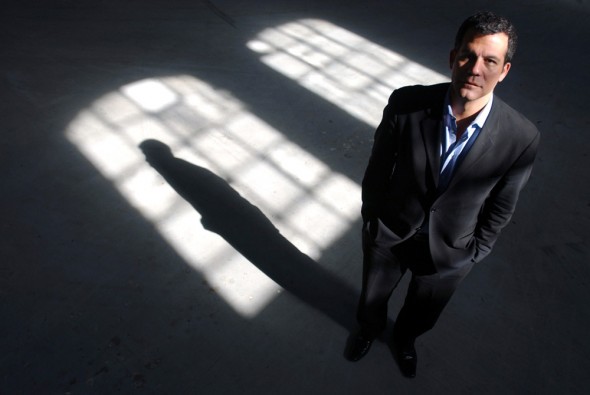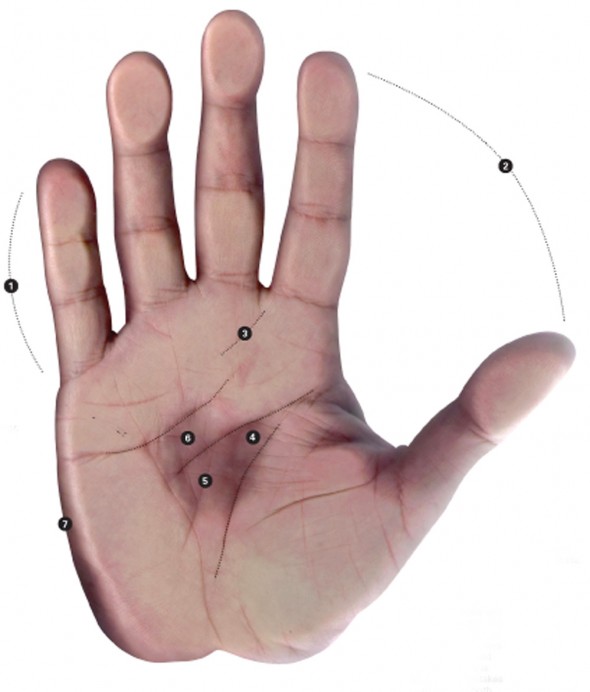The Discovery of the Creative Class

Richard Florida is a maker of maps, a master of migrations, and always looking forward. The author of The Rise of the Creative Class and Who’s Your City? is a professor at the University of Toronto and responsible for discovering the 38 million member monster known as the “creative class.” His books explain how artists, musicians, designers, writers or any individuals with jobs where creativity plays a key factor, have superseded the working class as the predominant force in both American and global economies. Florida reminds us that, in troubled times, nurturing basic human needs may keep us happy, healthy, and ahead of the curve in life as well as the workplace.
How is the creative class doing during our current recession?
As a whole it is doing just fine. The rate of unemployment in the creative class is something like five percent. Compared to the working class, where the rate of unemployment is 15 percent and for some subgroups over
20 percent.
Would you say that the reason why the creative class is faring better than the rest is due in part to the fact that they are self-employed or self-employable?
I think that’s right. When working class people get laid off at their jobs at the auto factory or steel mill or a manufacturing facility, it’s very hard for them to get a similarly high-paying job. It’s almost impossible. They have to get a job at a Wal-Mart or in the service industry that pays much much less. People in the creative occupations are better at navigating this volatile churning economy that we’re in.
You discuss in your books something called the creative ethos. Can you define that for us?
In the old days they talked about the Protestant work ethic—the bohemian versus the bourgeois. The Protestant ethic was that you worked hard, put on a suit, and had short hair, and that meant you were an “organization man.” You would save your money and build up your family. The creative ethos was that schism between hard working, thrifty-oriented, economic driving bourgeois organization in life, and the bohemian who was living off the fat of society and living the libertine lifestyle. But that’s a ridiculous schism that doesn’t really exist.
So what is actually happening?
What I found is that you could do something you love. You could express yourself in the way you dress, the way you want to build your family, and the kind of house and neighborhood you want to live in. You could pursue an interesting professional life and career and you weren’t straight jacketed. The social psychologists talk about pursuit of happiness. Happiness comes from doing something you love. It really is the ability to be yourself, use your talent, and find your own dream. The new American dream is to use your talent, to be creative, to self-express, and to live some place you love. That’s what I think the creative ethos is. Lots of people are scared of it.
What were the three most creative cities when you started your work on the creative class? And what are they now?
It’s been relatively stable. San Francisco was first. Austin was second. San Diego was third. If you’re talking about the percentage of people in the creative class, Washington D.C. was up near the top.
What about in the world?
It’s really hard to systematically compare every city in the world. The places that are competitors are: Shanghai, Mumbai, London, Hong Kong, Toronto, Sydney, Melbourne, Brisbane, Amsterdam, Stockholm, Cop-enhagen, Berlin, to name a few. A lot of people say that China or India is going to overtake the U.S., but I think it’s a mistake to just look at those big countries. I think the competition is coming from these very vibrant cities.
What would happen to the Earth if we sent the Creative Class to the moon?
The great Jane Jacobs said, “When a place gets boring, even the rich people leave.” Creative people are the signal for a place that has energy. If places get old, too expensive, too generic they are going to move away from them. So in some way if the Earth becomes that way…well, who knows? [laughs]

This reading is by Lena, who has no idea this palm belongs to Richard Florida.
1. Actually quite sane in an interesting and eccentric sort of a way. He is not neurotic.
2. He will attempt to keep his lifestyle within the norm. Fortunately, he comes from a long line of eccentrics and, therefore, his idea of the “norm” is exceptionally broad.
3. In contrast to his homebody nature, there is also a wild side to him. This part of his nature is artistically very creative and alive. This creative side is what draws the fame to him.
4. A romantic, attracted to wild and interesting people with whom he likes to do wild and interesting things. He is not, however, promiscuous and, once he has caught the creature of his fascination, he will want to keep them and remain loyal to them.
5. A people-oriented homebody. His home, his house, and the people and things in it will remain the focus of his heart throughout life.
6. He is a collector and his favorite thing to collect will tend to be family members and household goods. This is someone who takes in strays—both human and animal.
7. A big-picture thinker. He is able to see details, but not separately, only in light of what they add up to.
– Daniel Denhardt

